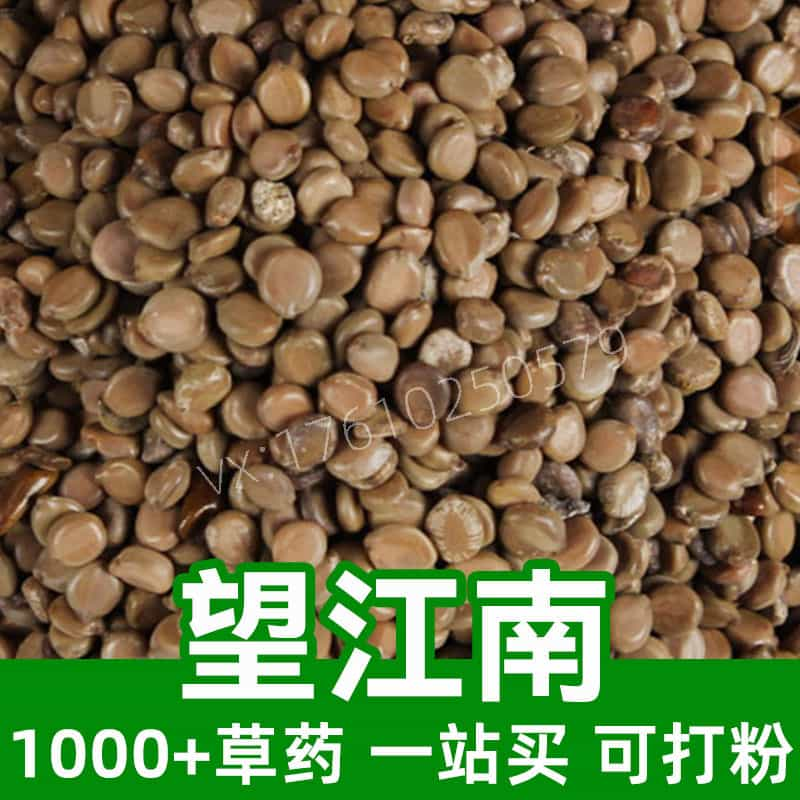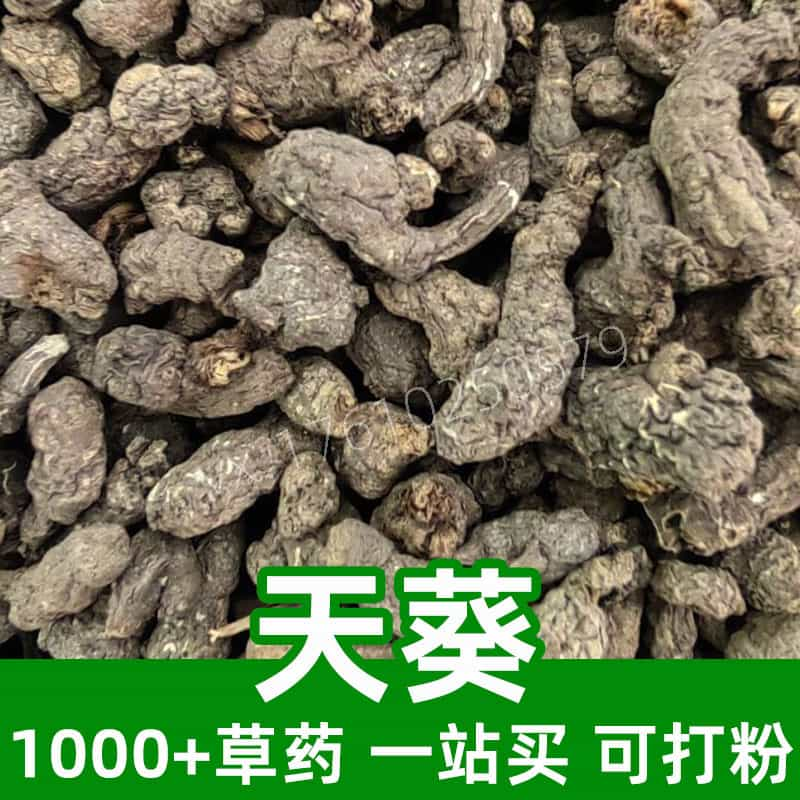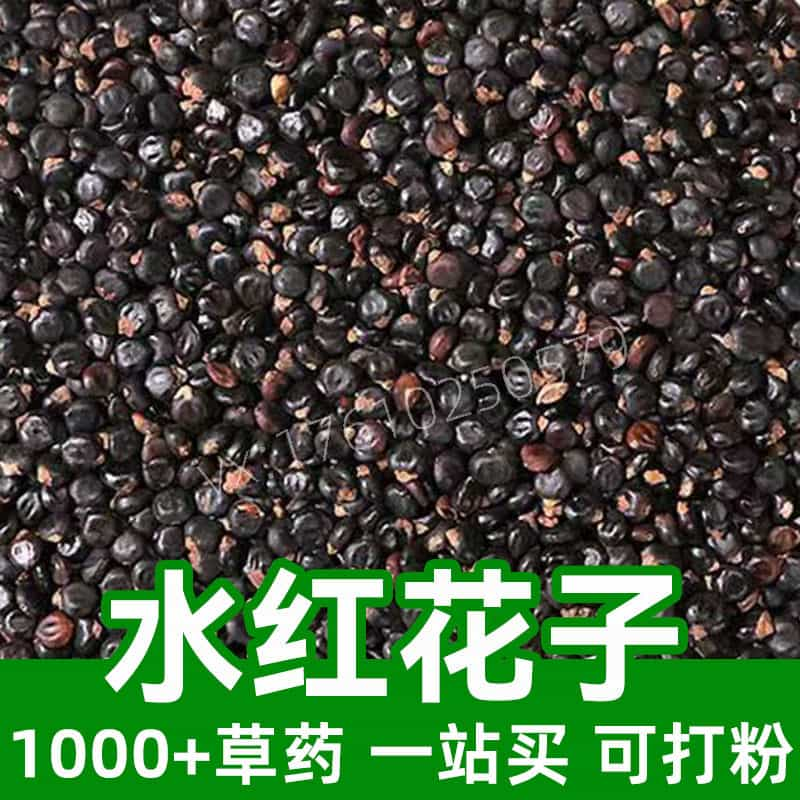Product Introduction
Bungarus multicinctus, commonly known as the many-banded krait, is a species of snake native to Southeast Asia, particularly inhabiting forested areas and regions near rice paddies. With its striking combination of black and yellow banding, it has attracted attention from both the scientific community and traditional medicine practitioners. In traditional Chinese medicine (TCM), various formulations derived from Bungarus multicinctus are acknowledged for their unique compositions, especially its main components related to neurotoxicity.
Typically processed to ensure safety, Bungarus multicinctus can be utilized in specific herbal formulas for its believed benefits in promoting various bodily functions. The main active components, including neurotoxic peptides, have prompted research into their wider applications in health and medicine. While direct consumption of the snake is not advisable, formulations prepared following time-honored methodologies have found a place in traditional remedies. Understanding the intricacies behind its handling and application offers insight into its revered status in regarding herbal medicine.
Main Active Ingredients
The principal active components found in Bungarus multicinctus are various neurotoxic peptides known as bungarotoxins. These molecules act primarily as potent blockers of nicotinic acetylcholine receptors, leading to neurological effects that can result in paralysis if not handled with care. Bungarotoxins are categorized into a few key types, such as α-bungarotoxin and β-bungarotoxin, each demonstrating their unique structural attributes and biological activities.
In addition to these neurotoxic peptides, Bungarus multicinctus may also contain other bioactive compounds that contribute to its overall profile. Studies have shown that these compounds possess the potential for analgesic and anti-inflammatory properties, which is a matter of interest for ongoing research into achieving a balanced understanding of their uses within therapeutic contexts.
The extraction and processing treatment of these toxins are crucial in determining their application safety and efficacy in traditional remedies, making advanced knowledge of their chemistry critical in ensuring proper applications. Other potential compounds appear to exhibit effects on various biological pathways, indicating further scope for research regarding their broader implications in holistic health practices.
Product Application Scenarios, Usage, and Dosage
In traditional Chinese medicine, Bungarus multicinctus is primarily applied in formulations intended for the management of stimuli related to nerve pain and other peripheral nervous concerns. The main approach in its usage is via properly processed extracts which mitigate the inherent neurotoxicity, allowing the beneficial properties to be harnessed safely.
The customary dosage and methods of administration are contingent upon the specific formulation involved. Typically, herbal preparations may include small amounts of appropriately processed Bungarus multicinctus in tincture or powder form, integrated with other herbs that can synergistically enhance its effects while minimizing risks. For example, practitioners may suggest tinctures to be taken in minute doses, often beginning with lower concentrations to monitor individual responses.
Due to the variability in patient reactions to neurotoxins, personalized adjustments and careful monitoring are advisable during consultations with qualified TCM practitioners. It's crucial for individuals interested in utilizing herbal preparations involving Bungarus multicinctus to seek professional guidance, ensuring that the proper context, preparation methods, and dosages are adhered to as per the traditional guidelines rooted in TCM.
Introduction to the Source Plant, Distribution, and Growth Environment
Bungarus multicinctus finds its natural habitat in regions characterized by moderate to high humidity, predominantly located in Southeast Asia. It has been recorded across varied terrains, including open fields, forests, and near wetland areas, particularly rice paddies. The species tend to exhibit nocturnal behavior, promoting its hunting of small mammals and reptiles during cooler night-time hours, contributing to its ecological role in its environment.
The distribution of Bungarus multicinctus extends from southern China through Vietnam, Laos, and Thailand, often favoring locations with ample cover to facilitate its ambush strategy for capturing prey. The growth environment plays a vital role in the snake's overall health and toxicity levels; thus, understanding the ecological range where it thrives is crucial for determining their sustainable harvesting.
In addition to its ecological significance, the importance of Bungarus multicinctus extends to its applications within traditional Chinese medicine. Awareness around the proper cultivation, capture, and processing conditions of this species is vital to maintain not only its presence in traditional practices but also to ensure safety in its applications as practitioners seek to harness its benefits.
Harvesting, Processing, and Storage
The harvesting of Bungarus multicinctus requires particular care due to its highly venomous nature. This once again reinforces the importance of adhering to safe and ethical practices that respect both the species and the environment. Traditionally, snaring or baiting methods are employed, ensuring minimal distress and harm to the animal while aiming to sustain population levels.
Once harvested, the snake must undergo careful processing to detoxify and harness its bioactive properties safely. This process may include drying, decocting, or tincture extraction, each demanding meticulous attention to prevent the risk of residual toxicity. Advanced knowledge of traditional preparation methods allows practitioners to create effective formulations while preserving the unique benefits of the active components.
Storage is equally vital, as the processed products derived from Bungarus multicinctus should be maintained in controlled environments, typically in airtight containers housed in cool, dry places to prevent degradation. It’s important to observe proper labeling and control measures on all processed herbal goods to ensure that they remain effective and safe for use.
In conclusion, Bungarus multicinctus is a fascinating species whose applications in traditional Chinese medicine reveal an intricate interplay between nature, preparation, and therapeutic use. Continued exploration of this unique herbal component through research and practice can lead to profound insights within the field of herbal medicine.
Monica Sun is a seasoned expert in the natural raw materials industry, with over a decade of experience specializing in traditional Chinese medicinal herbs, spices, and fungi. She is skilled in the sourcing, processing, and application of these materials, emphasizing sustainability and innovation. Monica Sun has contributed to the development of high-quality natural raw materials that serve as essential components in functional foods, pharmaceuticals, and cosmetics, delivering tailored solutions to meet diverse market needs.













